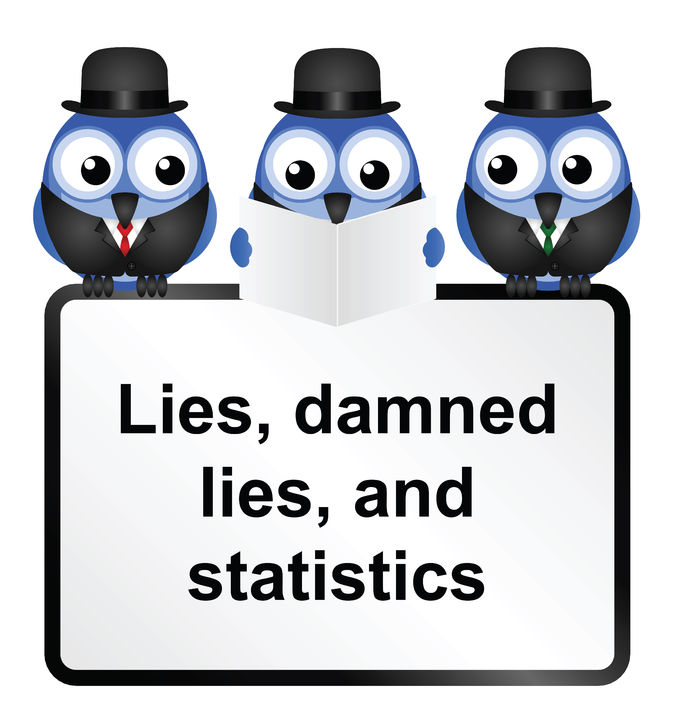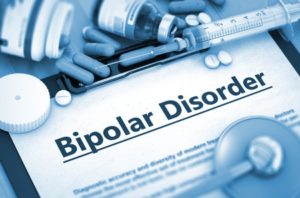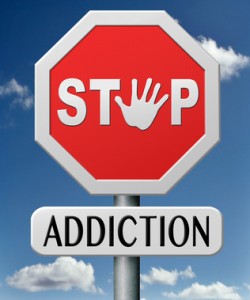Lies, Damn Lies and Autism Statistics
The Center for Disease Control and Prevention (CDC) recently published a study, “Prevalence of Autism Spectrum Disorder,” that said the overall prevalence rate for Autism Spectrum Disorder (ASD) in the US was 16.8 per 1,000 (one in 59) children who were 8 years old in 2014. Estimates of ASD increased from one in 150 children during 2000-2002 to one in 68 during 2010-2012. This means the prevalence of ASD doubled in the twelve years between 2000 and 2012; then it increased another 16% between 2012 and 2014. One autism expert said those rapid increases were not believable, and even “preposterous.”
Darold Treffert made the above comments in his article for Scientific American, “We Need to Stop Moving the Goalposts for Autism.” Dr. Treffert is an expert on savant syndrome and wrote two books on the topic. He was also a consultant for the movie Rain Man. He believes the reported increases in ASD were the result of moving the goalposts in diagnosis by diluting the condition and expanding the definition of ASD.
Problems he pointed to in the CDC study included the fact that figures included what he called “educational autism,” meaning a diagnosis made by teachers or educational specialists; and “medical autism,” a diagnosis based on review of available medical records. “There are no actual in-person evaluations.” Another issue he pointed out was the extremes of prevalence reported between states within the Autism and Developmental Disabilities Monitoring (ADDM) Network used for the CDC study. New Jersey, one of the eleven ADDM sites in the US, reported a prevalence of 2.93 percent for ASD, more than double that of Arkansas at 1.31 percent.
From my perspective as an observer of “autism” for over 60 years, I do believe there is an actual increase in the number of cases of autistic disorder, but it is not an epidemic. And it has not been an increase of 31 percent in two years here in Wisconsin, for example, or a more than 150 percent increase in the U.S. in the past decade. That is simply not believable. Instead much of that “epidemic” is a dilution of the rigor of the criteria for autism.
He noted some examples of misdiagnosis, and said the first step is to make a correct diagnosis. The broader and less precise the diagnosis becomes, the less chance of finding subgroups “among increasingly heterogeneous, diluted diagnostic groups.” He believes autism is a group of disorders, rather than a single disorder. In order to detect autism with precision Treffert said we need to start calling things by their right names. “The present method of assessing prevalence in the U.S. is not doing that well since we keep moving the goalposts.”
Treffert referred to another Scientific American article by Simon Baron-Cohen, “Is It Time to Give Up on a Single Diagnostic Label for Autism?” When reviewing the rationale for a single diagnostic label for ASD, Baron-Cohen said the term spectrum in ASD refers to the heterogeneity in autism. Although all autistic individuals share certain core features, “there are huge disparities in many areas.” This heterogeneity is part of the meaning of the term “spectrum.” He then pointed to other benefits of the ASD label:
It allows the clinician to describe the person without shoehorning them into a rigid subgroup. Its flexibility also allows for individuals who previously transitioned between different subgroups. And it reduced the risk that service providers might exclude a person because they didn’t meet the eligibility criteria based on a rigid subtype. So, the consensus among clinicians is that the addition of the word “spectrum” was helpful and long overdue. Most clinicians therefore find it useful to have the flexibility of the very broad single diagnostic label.
He then turned to the downside of a single diagnostic label. The American Psychiatric Association combined what had been Asperger Syndrome (AS) with classic autism in the DSM-5, believing the diagnosis of AS was unreliable. Hindsight suggests that wasn’t the problem. Rather, the contrast between AS and classic autism had value and “perhaps should have been retained.” He suggested using a typology of subtypes within ASD. “Under this approach, we could keep the single umbrella category called the autism spectrum and within this have type 1, type 2, etc.”
Treffert commented that the search for a reliable, consistent measure of autism prevalence occurred outside the U.S., as well. He referred to a different set of researchers in “Global Data on Autism Spectrum Disorders Prevalence” whose data for ASDs suggested the global rate was around 1.7 per 1,000 (one in 588), not the 16.8 per 1,000 (one in 59) reported by the CDC study. The authors noted in many developing countries the reported rates of ASD are significantly lower than in developed countries. “Whether this truly reflects an absolute low prevalence, deficits in diagnostic skills, maladaptation of diagnostic criteria as it relates to cultural differences in behaviour, or under sampling are issues that continue to be discussed.” Treffert added there is also an inconsistency between how the DSM-5 and the World Health Organization’s International Classification of Diseases (ICD) define ASD.
Allen Frances, the chair for the DSM-IV, added another perspective into the autism “epidemic” in his book, Saving Normal. He said before the DSM-IV, the diagnosis of autism was extremely rare. But the DSM-IV broadened the concept of autism by introducing Asperger’s disorder. And prevalence rates are extremely sensitive to any change in how a psychiatric disorder is defined. “The twentyfold increase in just twenty years occurred because diagnostic habits had changed radically, not because kids were suddenly becoming more autistic.”
As chair of the DSM-IV Task Force, I deserve blame for not having anticipated the rush to overdiagnose Asperger’s. It would have been useful in advance to predict the changes in diagnostic rates and to explain their causes. We should have proactively taken steps to educate the public and the media about what the labels mean and what they don’t mean—that kids hadn’t changed, just the way they were being diagnosed. It’s a lot easier to trigger a fad then end one.
The prevalence of autism surely came from improved surveillance and identification by doctors, teachers, families and patients. Some of the increase was also because of the introduction of Asperger’s disorder, “a new diagnosis that greatly broadened the concept of autism.” But Frances estimated that about half of the increase was due to the service opening provided—“children get the diagnosis incorrectly because it is the ticket to more attention in the school system and more intense mental health treatment.”
It would be better if school decisions were not so closely coupled to a psychiatric diagnosis that was developed originally only for clinical, not for educational, purposes. Many of the mislabeled kids do get special attention; they just don’t need the extra added stigma that comes with an incorrect diagnosis of autism.
Frances also pointed out another issue leading to the drastically high prevalence rate found by the CDC study: epidemiological miscount. He said every so often we hear about the climbing rates of some psychiatric disorder, which in this case is autism. These rates are generated by a psychiatric epidemiologist, “using a method that is inherently flawed and systematically biased in the direction of overreporting.” Epidemiological studies, like that conducted by the Autism and Developmental Disabilities Monitoring (ADDM) Network, rely on lay interviewers with no clinical experience and no ability to determine whether symptoms are clinically meaningful or not. “They make their diagnoses of psychiatric disorders based upon symptoms counts alone with no consideration of whether the symptoms are severe or enduring enough to really warrant diagnosis or treatment.”
The ADDM study, as Treffert pointed out, had no in-person interviews. The ADDM staff reviewed records and abstracted information from “comprehensive evaluations” that were completed in the local communities. A child was considered to meet the case definition for ASD,
If he or she displays behaviors, as described on one or more comprehensive evaluations completed by community-based professional providers, consistent with the Diagnostic and Statistical Manual of Mental Disorders, Fourth Edition, Text Revision (DSM-IV-TR) diagnostic criteria for autistic disorder; pervasive developmental disorder–not otherwise specified (PDD-NOS, including atypical autism); or Asperger disorder.
Allen Frances noted where this always results in greatly inflated rates. Psychiatric symptoms in mild form are widely distributed in the general population. From time to time almost everyone will experience isolated or mild symptoms of a psychiatric disorder. “But isolated or mild symptoms alone do not define psychiatric disorder—they must cohere over time in a specified way and also cause significant distress or impairment.” Epidemiological studies, Frances said, regularly disregard these factors. “They mistakenly diagnose as psychiatric disorder symptoms that are mild, transient, and lacking in clinical significance.”
Results generated in this rough-and-ready way are no more than an upper limit on the prevalence of any given mental disorder. They should never be taken at face value as a true reflection of the real extent of illness in the community. Unfortunately, the exaggerated rates are always reported without proper caveat and are accepted as if they are an accurate reflection of the real prevalence of psychiatric disorder. Disraeli exaggerated only a tad when he said: “There are three kinds of lies: lies, damned lies, and statistics.”






